Apep: A Galactic LGRB Progenitor?
Benjamin Pope
NASA Sagan Fellow, NYU
CfA Stars Seminar
I am also interested in M dwarfs with planets, and would love to talk about work with Paul Withers and Marissa Vogt (BU) on planetary transits in the radio.
Instead I will be talking about Wolf-Rayet stars today!
Anisotropic winds in a Wolf–Rayet binary identify a potential gamma-ray burst progenitor
Collaborators Joe Callingham, Peter Tuthill, Peredur Williams, Paul Crowther.
benjaminpope.github.io/talks/apep/apep
Wolf-Rayets
Thought to be progenitors of Type 1bc supernovae
Rapidly-rotating WRs progenitors of long gamma-ray bursts...
...but at solar metallicity strong line-driven winds cause them to spin down.
WR colliding wind binaries (eg WR + O star) produce dust in a 'pinwheel' spiral, like WR 104. Spiral evolution encodes binary parameters.
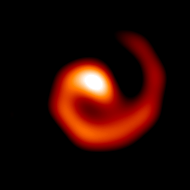
Joe Callingham (ASTRON) found a very bright CWB cross-matching Molonglo 843 MHz, 2XMM (X-ray) and WISE (IR) catalogs.
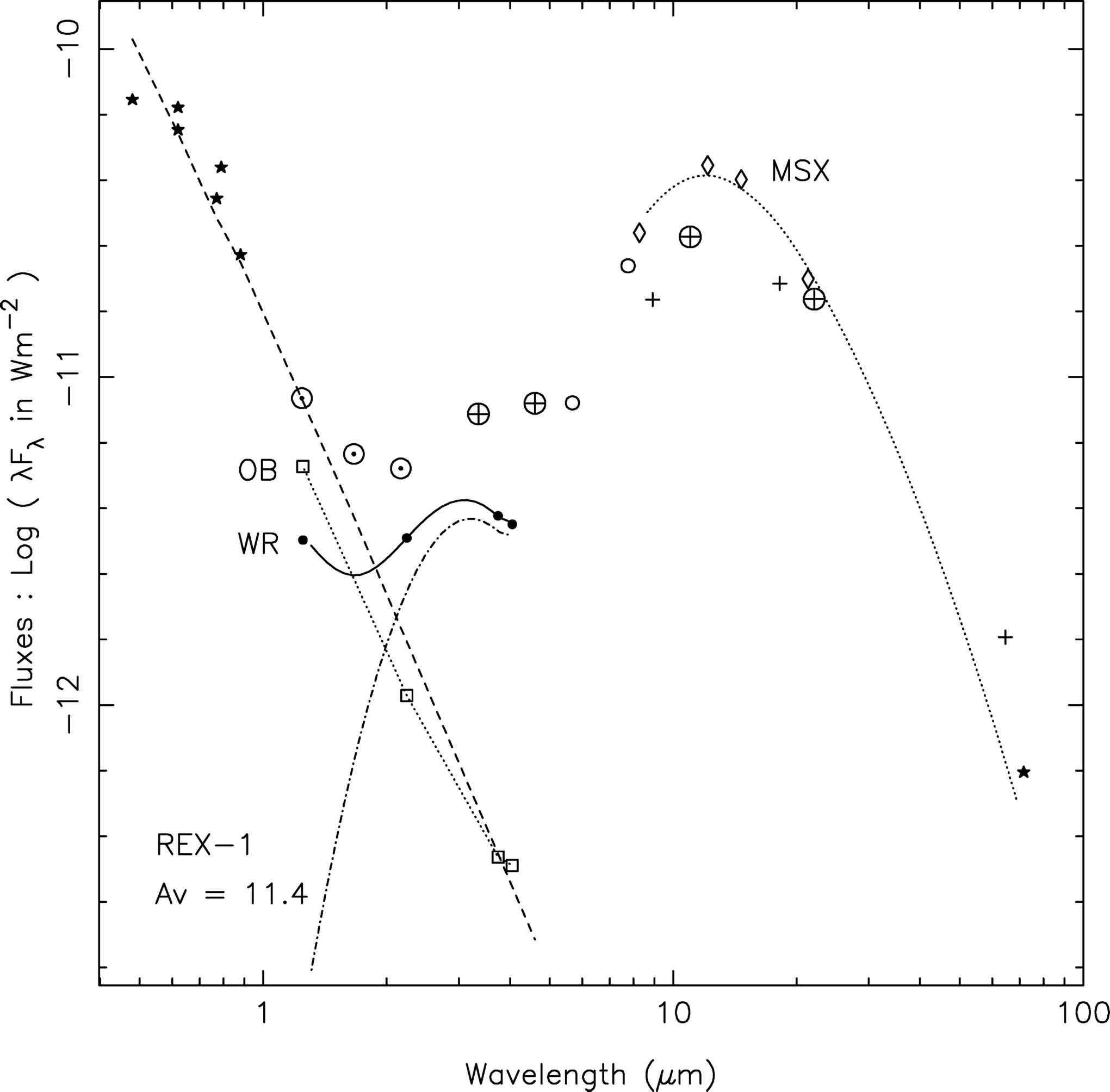
2MASS, DSS, XMM
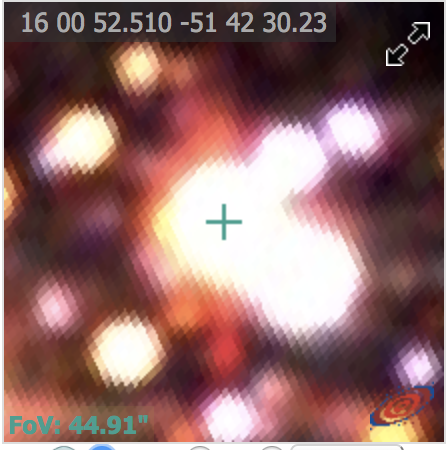
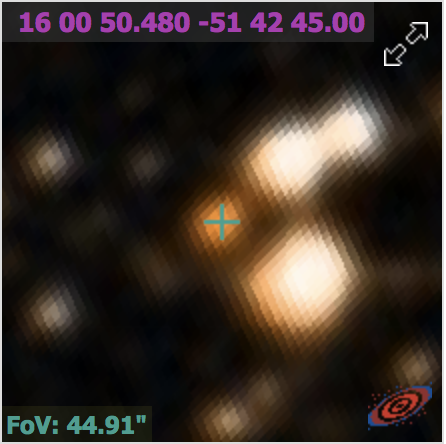
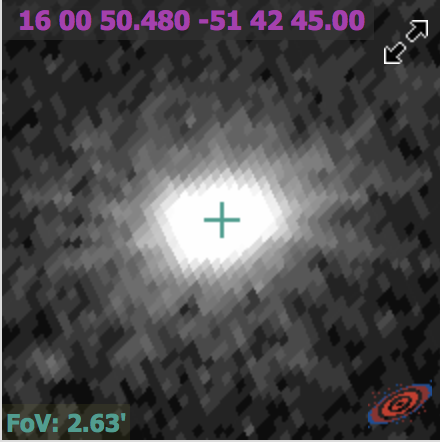
SINFONI J+H band spectra indicated a WR component
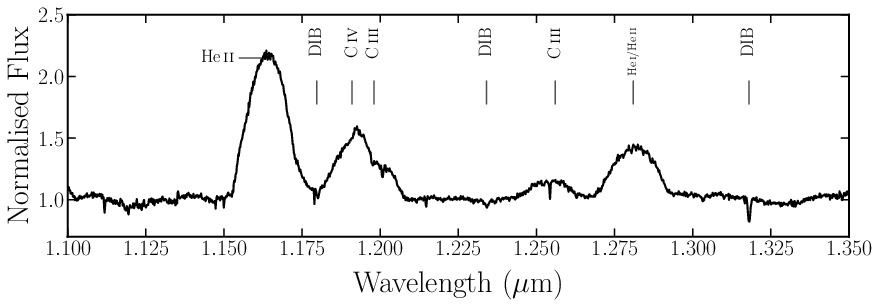
IRIS2 AAT spectrum: He 1083 Å line P Cygni profile indicates a ~ 3400 km/s wind speed. Fast!
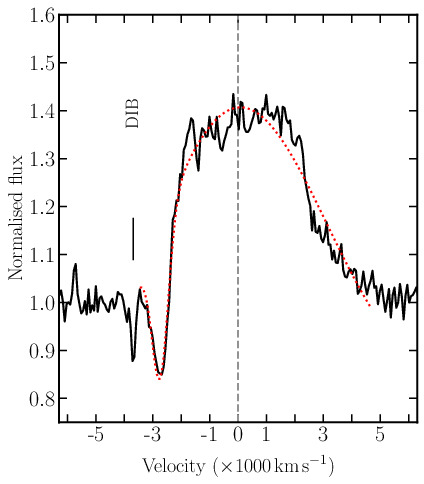
So we got VLT/NACO (inset, radio contours) and VISIR (main) images...
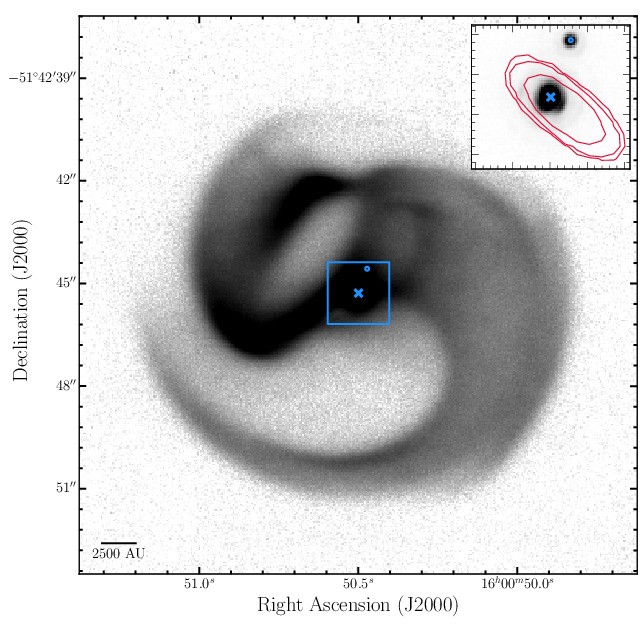
Whoah! Never seen a pinwheel this complex before. Wanted second epoch to make a video like before.
SED fits and DIB constraints place this at d = 2.4 ± 0.5 kpc. (Bad Gaia parallax.)
At this distance we expect a ~ 10 pix radial expansion.
Apep*
*Named for Egyptian god of Chaos, dragon enemy of Ra
Difference with second epoch
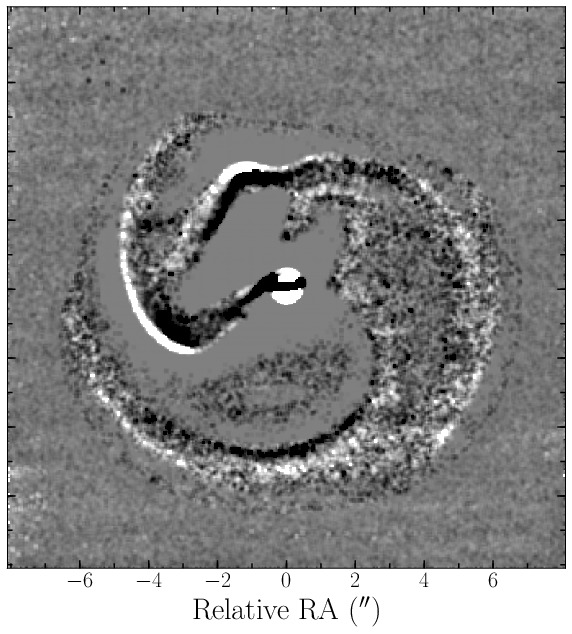
It expanded by ~ 1.1 pixels - 570 km/s! Far too slow.

Our best model fits a very high opening angle shock, indicating momentum parity between winds. 2x WR?
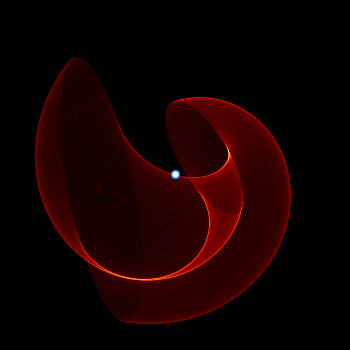
This is supported by ATNF VLBI radio imaging of the shock - curvature is real
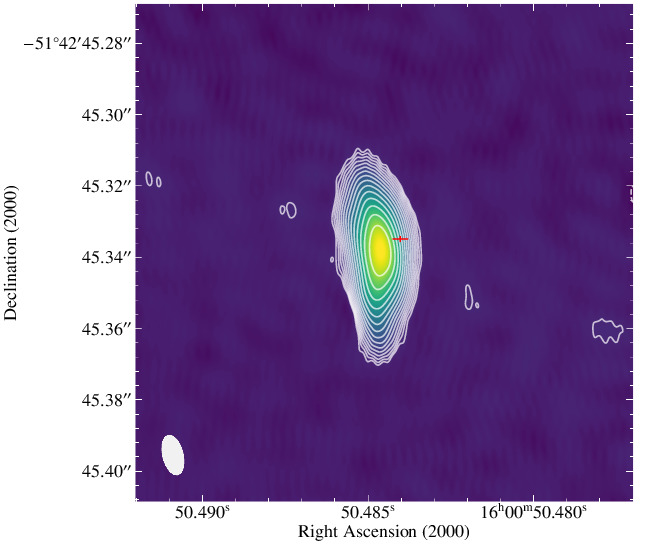
a signature of rapid rotation known in LBVs but never yet observed in Galactic WRs.
LGRB progenitor?
The Future
Binary interaction?
Why is it so bright - what is the nature of the central engine?
we really need ALMA to look for cold dust.
This is the beginning of an adventure to understand it!
Questions?